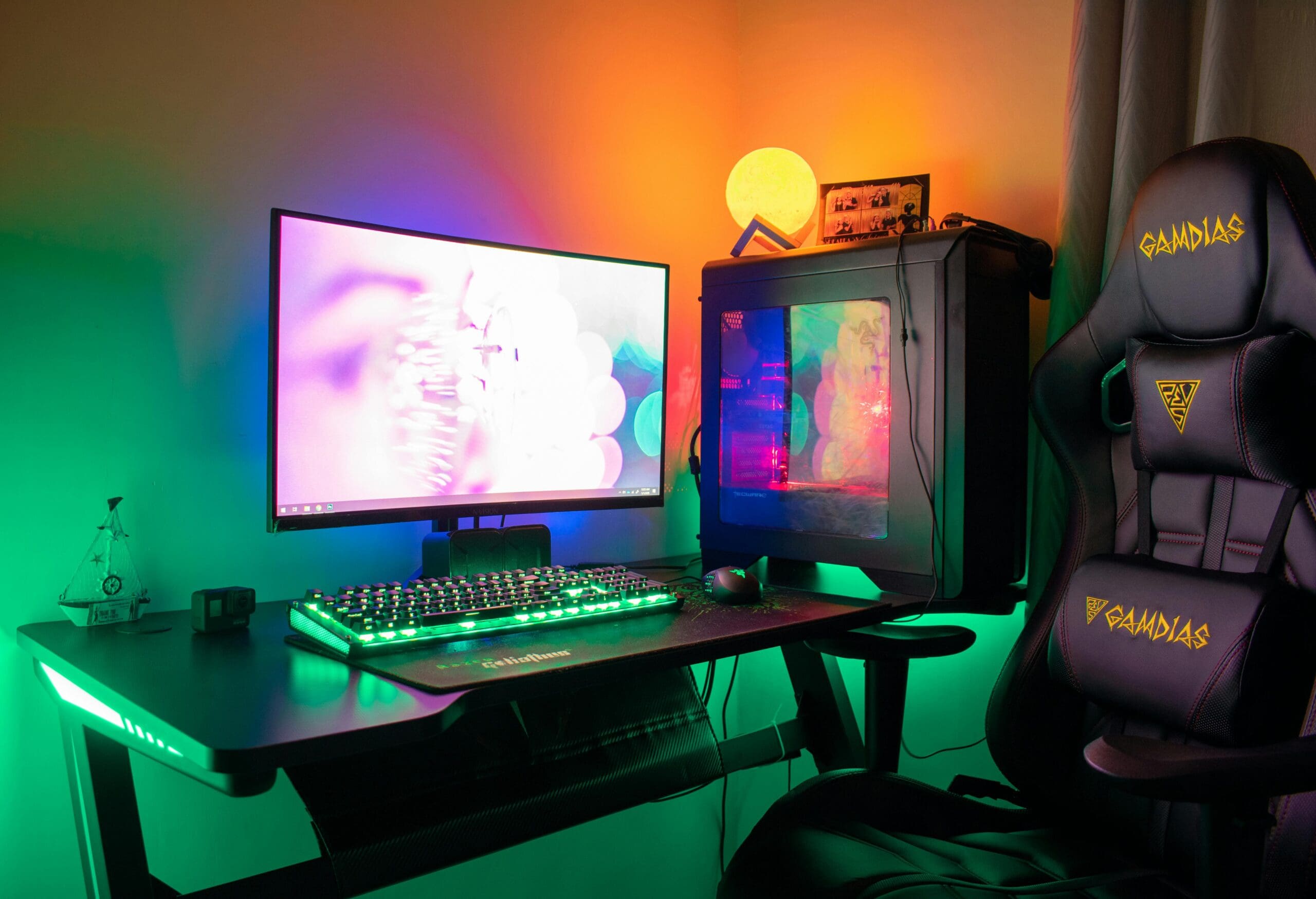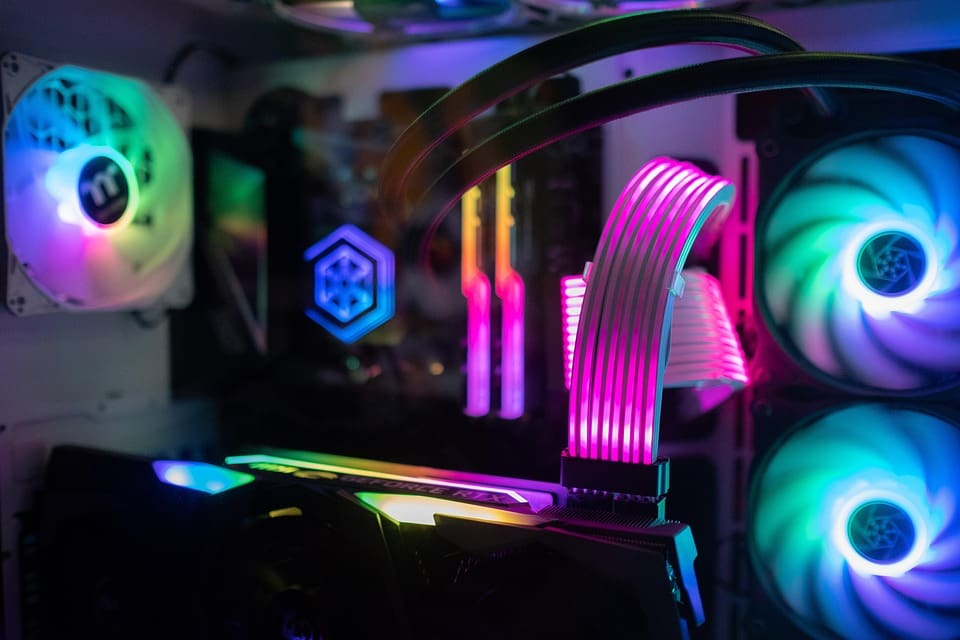Introduction
Gaming PCs require proper setup, optimization, and maintenance to perform at their best. In this guide, we’ll cover essential tips and tricks to help users maximize their gaming experience.
Why This Topic Matters
Understanding Get the Most Out of Your Hardware: A Complete Overclocking Tutorial is crucial for PC gamers and builders. Poor setup or lack of knowledge can lead to performance issues, overheating, or hardware failures. Here’s why this topic is important:
- Performance Impact: How this affects FPS, load times, and system efficiency.
- Common Issues: What most gamers struggle with when dealing with this component or setup.
- Long-Term Benefits: How optimizing or maintaining this aspect improves PC longevity.
Step-by-Step Guide / Essential Tips
1. Choose the Right Hardware:
Before you start overclocking, make sure you have the right hardware. Not all components are created equal, and some may not be suitable for overclocking. Invest in high-quality components that are known for their overclocking capabilities.
2. Understand Your Hardware:
It’s essential to have a good understanding of your hardware before attempting to overclock. Research your CPU, GPU, and motherboard to know their limits and capabilities. This will help you make informed decisions when tweaking settings.
3. Use Proper Cooling:
Overclocking generates more heat, so proper cooling is crucial. Invest in a high-quality CPU cooler and ensure good airflow in your case. Consider liquid cooling for more efficient heat dissipation.
Common Mistakes to Avoid
- Not Stress Testing: After overclocking, many users skip stress testing to ensure stability. This can lead to crashes or data loss. Always stress test your system after making changes.
- Ignoring Voltage Settings: Incorrect voltage settings can damage your hardware. Be cautious when adjusting voltage and monitor temperatures closely.
- Overclocking Too Aggressively: Overclocking too aggressively can lead to instability or even hardware failure. Start slow and gradually increase clock speeds to find the optimal balance between performance and stability.
Advanced Optimization Tips
For experienced users, here are some additional tweaks that can help enhance Get the Most Out of Your Hardware: A Complete Overclocking Tutorial:
- Experiment with BIOS settings to fine-tune performance.
- Use benchmarking tools to measure performance gains and stability.
- Consider delidding your CPU for improved thermal performance.
Final Thoughts
By following these tips, users can improve their PC’s performance, longevity, and gaming experience. Whether they are beginners or experienced gamers, optimizing Get the Most Out of Your Hardware: A Complete Overclocking Tutorial ensures smoother gameplay and better system stability.
💬 What has been your biggest challenge with Get the Most Out of Your Hardware: A Complete Overclocking Tutorial? Let us know in the comments!


